Saudi help and the value of the rupee
A determined effort is required to increase exports by focusing on development of new product lines and new markets.
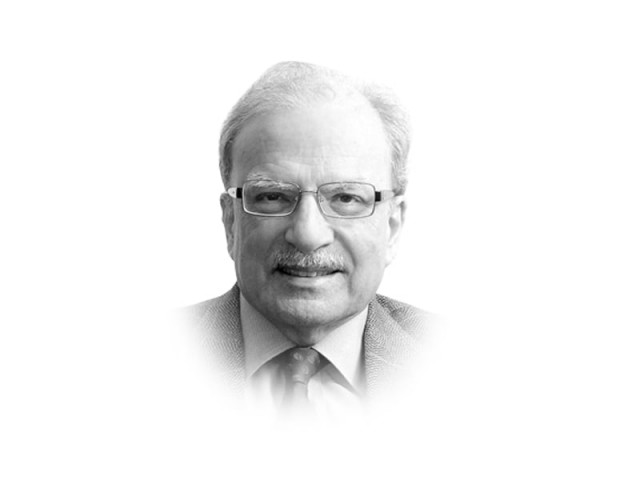
The writer is a former caretaker finance minister and served as vice-president at the World Bank
That would require some rethink in the way Pakistan conducts external relations. It would mean abandoning the positions taken in the past. Sometimes radical departures are needed from the practices that were being followed. A brief reference to history would help to understand the changes that are now needed.
One radical departure was made in 1972 after Pakistan lost East Pakistan, and what was once the country’s eastern wing became the independent state of Bangladesh. For almost a quarter century, industries and the enterprises operating in the modern sector of the economy in the country’s western wing used East Pakistan as a market for their products. Most of the consumer goods available in the East Pakistani markets were imports from West Pakistan. Textiles, basic consumer goods, bicycles, tyres and tubes were all imported from West Pakistan. Modern services also came from West Pakistan. For instance, there was not a single commercial bank that was headquartered in East Pakistan. In return, the consumers in West Pakistan received tea and jute goods from the eastern wing. The West ran a large trade surplus with the East.
The fact that the products from West Pakistan had to travel a long distance from Karachi to Chittagong and from Chittagong to points of consumption inland did not render them more expensive than those East Pakistan could have imported from neighbouring India. A high wall of tariff kept Indian goods out of the East Pakistani markets. In fact, if the terms of trade had been factored into the calculation of the East Pakistani gross domestic product, income per capita in the eastern wing would have been even lower than the average in West Pakistan. The loss of East Pakistan in December 1971 suddenly cut off this attractive market for West Pakistani enterprises. Serious adjustments had to be made to minimise the economic loss from East Pakistan’s separation.
Islamabad acted quickly to find new markets for what it had sold to East Pakistan. It did that by a massive devaluation of the Pakistan rupee. One day in early 1972, the value of the Pakistani rupee was reduced by 131 per cent, from Rs4.76 to Rs11 to the American dollar. With one stroke of the bureaucratic pen, what had been sent to East Pakistan became very competitive in the distant East Asian and Western markets. Without changing the composition of its exports, by just reducing their price in some of the international markets, the country could sell the products it had been sending to East Pakistan.
The economic world was then a different place compared to what it is now. Most developing nations used to fix their exchange rate to the US dollar and keep it in place for long periods of time. Now, for most of the world, exchange rates change daily depending upon the market’s perception of the value of the currencies. That perception is based on a number of considerations, not just the relative price of the domestic output compared to those on offer from competing suppliers. If only two countries were involved in international trade — one buyer and one seller — the rate of exchange must reflect relative prices in the two countries. Thus, if Pakistan was the only supplier and the United States the only buyer, and there was a 10 percentage points’ difference in the rates of inflation with the prices in Pakistan increasing more rapidly, the Pakistani rupee must devalue by 10 per cent with respect to the dollar. The two-country model can be expanded by estimating the weighted index of prices by bringing in all the buyers into the equation.
In other words, the exchange rate must reflect economic fundamentals. It must not be tinkered with by bringing in large foreign inflows. That does not mean that the Saudi gift should not be welcomed. It has certainly helped stabilise the rupee. Those speculators who were betting on the continuous weakness of the Pakistani rupee must have incurred heavy losses. The capital that had flown the country or is lying under the mattresses may also come back into the domestic economy and be put to productive use. However, what is required is a determined effort to increase exports by focusing on the development of new product lines and new markets. What is also needed is to encourage the entry of foreign capital in the form of long-term investments, not simply as gifts from friendly nations.
Published in The Express Tribune, March 24th, 2014.
Like Opinion & Editorial on Facebook, follow @ETOpEd on Twitter to receive all updates on all our daily pieces.

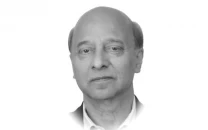

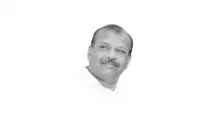

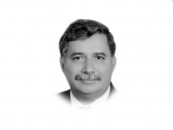

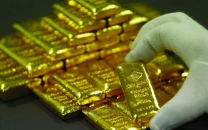

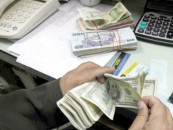

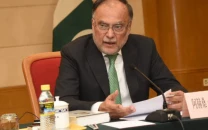



COMMENTS
Comments are moderated and generally will be posted if they are on-topic and not abusive.
For more information, please see our Comments FAQ